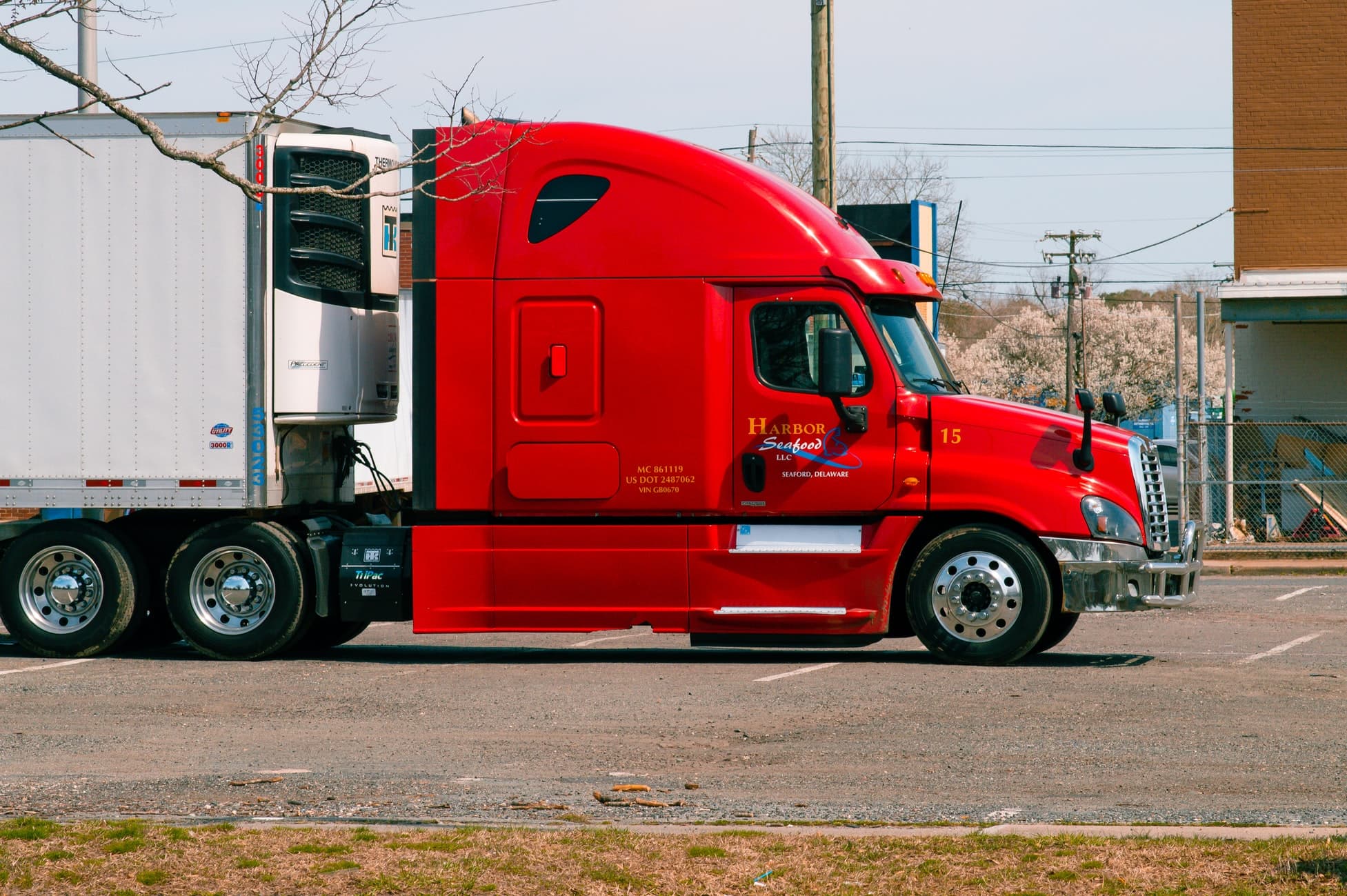In the 1960s and 1970s, the trucking life was romanticized in popular culture. Truck drivers and truck driving were themes in movies and country music songs. During this time period, the trucking industry was regulated and many truck drivers were in labor unions making a decent income.
The development of the Interstate Highway system in the 1950 and 10960s linked major cities across the U.S. and made it easier for truckers to carry goods across the country. Cab-over-engine trucks were extensively used during this period.
In 1974, the Federal-Aid Highway Amendments established a maximum gross vehicle weight of 80,000 lbs. and remains in effect today.
Life was pretty good for truckers during those glory days.
Deregulation changes everything
Then came 1980 and the Motor Carrier Act of 1980 which deregulated the trucking industry. This led to a rise in the number of trucking companies and therefore increased competition among drivers to secure loads. Prior to deregulations, truckers were among the highest paid members of “the working class.” The Motor Carrier Act removed the limit on the number of allowable carriers and eliminated price controls. Owner-operators — of which there are approximately 350,000 today — were hit hardest by deregulation and they continue to absorb any increase in operating cost, most notably fuel costs. While today fuel prices are comparatively low, according to the American Transportation Research Institute, they still account for 24% of a vehicle’s total operating cost.
With deregulation the heyday of the truck driver was over and popular culture lost is attraction to the “knights of the road.”
Technology is a blessing and a burden
Since the 1980s and deregulation, trucking has been subjected to a series of regulatory initiatives to decrease pollutants coming out of the tailpipe of diesel powered vehicles. While that has been good for the environment, it has raised the initial purchase price of a new vehicle. In addition, there have been a number of efficiency and safety technologies that have come on the market including automated manual transmissions, collision mitigation systems, lane departure warning systems, adaptive cruise control, and more; these too have added cost to the base model truck.
Many of the new safety enhancements rely on forward-facing cameras as part of their system. But more recently some carriers have added inward facing cameras, which they say will help eliminate distracted driving and can be used to exonerate a driver in the event of an accident. Drivers have raised concerns about the cameras being an invasion of privacy.
Regulated hours and electronic reporting
In addition to these changes to the truck itself, federal laws on how drivers record and report their Hours of Service has changed. Starting in 1937, drivers were required to keep paper logbooks of their driving hours, on-duty hours and rest time. Then an effort was started to switch drivers away from paper logs to electronic ones.
Full implementation of the electronic logging device (ELD) mandate was December 16, 2019 and on that date all drivers who had been required to fill out paper logs now had to use ELDs to track their time. Some drivers were concerned about privacy issues resulting from ELDs and so the ELD mandate includes restrictions on what ELDs can and cannot do. The mandate also includes provisions that are designed to prevent carriers from harassing drivers into behaviors that would result in violating hours of service regulations.
Moving toward autonomy
The advanced driver assistance systems, like collision mitigation and lane departure warning systems have been described as the building blocks for autonomous vehicles. Drivers see autonomous trucks as a threat to their jobs. While full level 5 autonomy is probably off a ways in the future, a significant amount of capital has been invested in seeing that developments in self-driving trucks continues. It is too soon to know the full impact of autonomous truck development on trucking, but it is a development that bears watching.
Trucking is a vital part of the economy and as such is subjected to the ebbs and flows of economic activity. These fluctuations have a direct impact on drivers’ ability to find freight to haul and to make a good living while doing so. Like any supply-demand equation freight rates fluctuate based on both the amount of freight to be hauled and the number of drivers available to haul it. In the past, drivers have relied on brokers to help them find loads but that does not always work out well for the trucker.
A new solution
Today technology and experience in digital freight matching, led to the formation of Haul, an on-demand platform that connects trucking fleets with CDL drivers.
Haul offers drivers a novel employment model that matches CDL drivers to assignments that fit a driver’s schedule, pay and skills preference of various lengths. Drivers are sourced through a proprietary data-centric process, and once onboarded and certified, drivers can be matched with an infinite number of assignments with partner fleets. Drivers simply clock-in and out of assignments through the Haul driver app.
Haul-qualified drivers operate trucks for private, 3PLs and for-hire carriers who are experiencing growth, seasonality, or unexpected turnover.
Haul’s focus is on improving the quality of life for drivers by building a platform that takes into the considerations of the modern driver and the challenges of the modern fleet. Ultimately, Haul is building a flexible workforce that allows fleets to respond to unexpected shifts in demand and increase the drivers ability to utilize their HOS in a given day, week, month or year.



